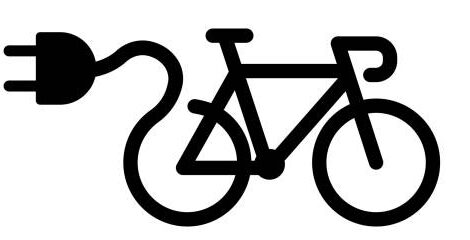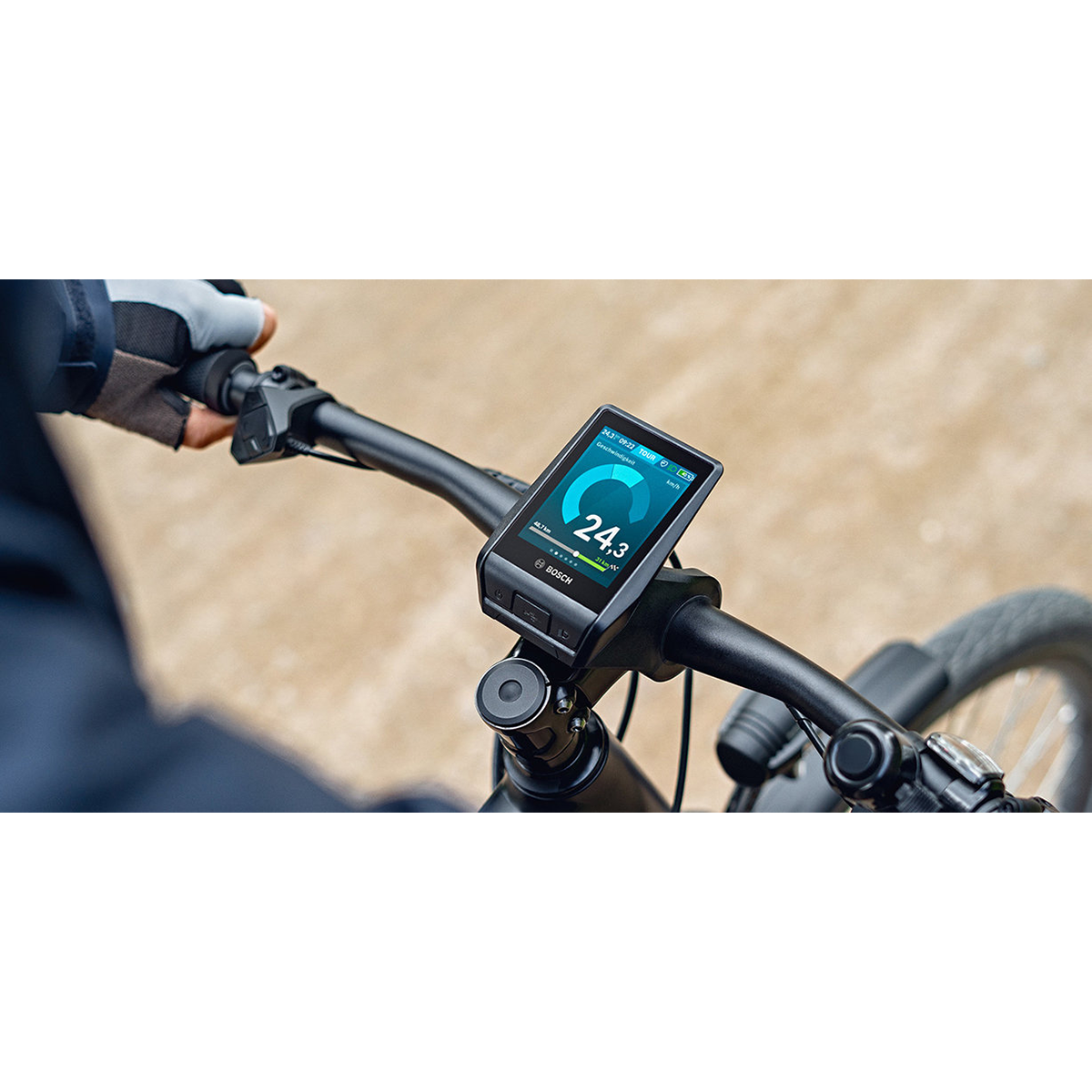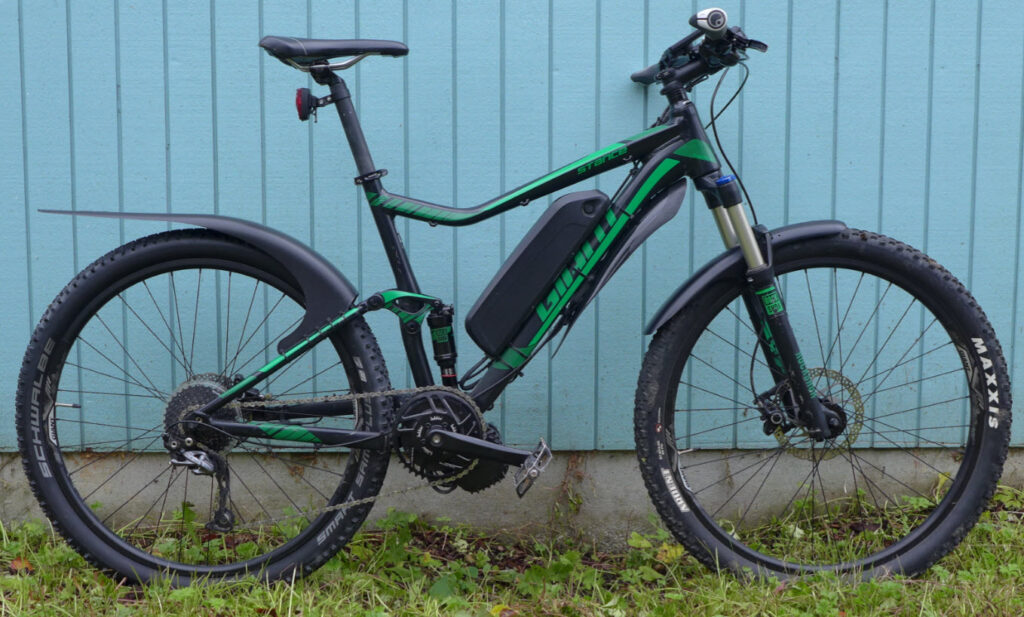Unlocking the Power of Electric Assist: What are Bike Conversion Kits?
Electric bicycle conversion kits present a transformative approach to cycling. These kits offer a way to electrify a standard bicycle. Instead of purchasing a new e-bike, a conversion kit allows for the modification of an existing bike. The core function of an e bike converter kit is to add an electric motor, battery, and necessary controls. This combination facilitates pedal-assist power, easing rides and extending travel distances. The integration of an e bike converter kit results in a more versatile cycling experience. The popularity of these kits is rising. More cyclists are choosing them over new e-bikes, attracted by cost-effectiveness and sustainability. The primary draw of conversion kits is the economic benefit. They are often less expensive than purchasing a brand new electric bicycle. Furthermore, these kits provide an environmentally sound option. Existing bikes can be repurposed, thus reducing waste. This makes e bike converter kit not only a practical, but also a conscious choice.
How exactly does a conversion kit work? The process is fairly straightforward. The motor attaches to the bicycle, usually at the wheel hub or the bottom bracket. The battery then supplies power to the motor. This is all controlled by a display and throttle or pedal assist sensor. When the rider pedals, the motor engages to provide supplementary power. The amount of assistance is usually adjustable, this allows the rider to tailor the experience to their needs. It is a simple system that delivers significant benefits. With an e bike converter kit, riding uphill becomes effortless and longer distances are easily achieved. The kits come with varied specifications. This lets users choose the right level of power and battery capacity for their requirements. In essence, these kits transform normal bikes into electric powered machines.
The benefits of using an e bike converter kit are quite broad and impact several aspects of cycling. The cost is a huge advantage. Instead of buying a new e-bike for thousands, an e bike converter kit can provide the same functionality at a lower price point. The customisation option is another significant draw. Riders can select the components they want. They can also maintain the characteristics of their favourite bicycle. The installation can be done by a professional or at home. This provides flexibility to fit different levels of expertise. This leads to a highly personalized electric bike. A well-fitted kit can change any regular bicycle into an effective transport and recreation tool. The choice to go for an e bike converter kit is a choice for both economy and environmental responsibility.
Choosing the Right E-Bike Upgrade for Your Needs
Selecting the perfect e bike converter kit requires careful consideration of various factors. The market offers a diverse range of options, each with its own set of features and benefits. Understanding these differences is crucial for making an informed decision. One of the primary distinctions lies in the motor type. Hub-drive motors are commonly found in conversion kits. They integrate into either the front or rear wheel hub. They offer a simpler installation process. Mid-drive motors, on the other hand, are mounted near the bicycle’s crank. They generally provide better weight distribution. They also tend to offer more efficient power delivery, especially on hilly terrains. The choice between these two depends largely on the rider’s needs and the intended riding conditions. Another key factor to consider is the battery voltage and capacity. Higher voltage batteries typically provide more power. Higher capacity batteries extend the range of your electric bike. These options usually are measured in amp hours (Ah) and watt hours (Wh). The selection will depend on your desired range and power output. Other essential specifications include the motor’s rated power, measured in watts, the type of controller, and any additional features like integrated lights or displays.
When evaluating an e bike converter kit, consider your individual needs and preferences. What type of riding do you plan to do? Commuting will require less powerful motors than mountain or trail riding. How important is hill climbing? Will the kit be used primarily for flat terrain or mountainous regions? If you plan to haul cargo or regularly ride up steep inclines, a mid-drive motor with higher torque and battery capacity will be a better fit. However, for casual flat riding, a more affordable hub motor kit might suffice. Another consideration is your frame type. Some kits may not fit certain frames. Always measure the area where you intend to install the motor. This helps ensure compatibility. The level of assistance you desire should also guide your choice. Some conversion kits offer various levels of assist, while others operate in a single mode. Taking all these factors into account ensures that the selected e bike converter kit perfectly aligns with your riding style and requirements. It will help in transforming your regular bike into a powerful electric machine.
It is vital to research the different types of motors available for e bike converter kits. Brushless motors are the most common option. They are known for their reliability and efficiency. They tend to be relatively quiet. They also require less maintenance. These brushless motors are typically paired with a controller that regulates the power output. Choosing the right one is important. It ensures smooth acceleration and optimum battery life. Look for kits that offer a range of control settings. This helps in customizing your ride to different situations. The quality of the wiring and connectors also matters. It determines the durability and reliability of your conversion system. The selected e bike converter kit should not only match the riding needs, but should also be easy to install. It needs to be easily maintained to provide long-term reliable performance. Considering all these aspects carefully is important in finding the ideal electric bike conversion kit.
How to Select the Perfect E-bike Conversion Kit: A Step-by-Step Guide
Selecting the right e-bike converter kit involves careful consideration of several factors. Begin by accurately measuring your bike’s frame. Note the wheel size, chainstay length, and bottom bracket shell width. This information is crucial for compatibility with different e-bike conversion kits. Consider the type of motor you need. Hub-drive motors are simpler to install and generally less expensive. Mid-drive motors offer more efficient power delivery, particularly for hilly terrain. Your riding style and terrain heavily influence this decision. For commuting on relatively flat surfaces, a hub-drive motor may suffice. However, for tackling hills or off-road adventures, a mid-drive motor provides superior performance. Matching motor power output to your needs is essential. Higher wattage motors provide greater assistance but also increase cost and weight. Consider your typical riding conditions and choose a wattage that suits your needs. Don’t overspend on power you won’t utilize. Selecting the correct voltage and battery capacity is also critical. Higher voltage batteries generally offer more power and longer range, but they also cost more. Carefully assess your daily commute distance and terrain to determine appropriate battery capacity. Remember that battery life and charging time are important factors too.
Understanding battery chemistry is crucial for making an informed decision. Lithium-ion batteries are the most common type used in e-bike conversion kits, and their performance varies based on cell type and configuration. Consider factors like range per charge and charging time. Factors such as overall weight and anticipated usage should also be carefully considered. The weight of the e-bike converter kit adds to the overall weight of your bike, so be mindful if you are concerned about the extra weight. Pay close attention to user reviews and ratings before purchasing. Research different brands and models to find one that best meets your needs. Check for compatibility with your specific bike model and confirm that all necessary components are included. Pay attention to customer reviews regarding the reliability and durability of the kit and the quality of customer support offered by the vendor. A reputable brand will offer excellent customer support and warranty options.
Finally, remember that installing an e-bike converter kit can be a challenging undertaking. Some individuals prefer to tackle the installation themselves, while others may opt for professional assistance. If you lack mechanical experience or confidence in your abilities, seeking professional installation is strongly recommended. This ensures proper installation, minimizing the risk of damage or injury. A correctly installed e-bike converter kit will provide years of reliable and enjoyable service. Regardless of whether you choose a hub-drive or mid-drive motor, careful selection and installation will significantly enhance your riding experience. Remember to always prioritize safety during the selection and installation process. An improperly installed e-bike converter kit can be dangerous, so seek professional help if necessary. The e-bike converter kit market is constantly evolving, providing a wide selection of options catering to diverse needs and budgets. Thorough research and careful consideration of the factors outlined above will greatly increase your chances of finding the perfect e-bike converter kit to transform your bicycle.
Installation Tips for Your Electric Bike Transformation
Installing an e bike converter kit can seem daunting, but with careful planning and attention to safety, the process can be manageable. Before starting, gather the necessary tools. These typically include standard bike tools (Allen wrenches, screwdrivers), possibly a torque wrench for precise tightening, and potentially specialized tools depending on the specific e bike converter kit. Always consult the kit’s detailed instructions. Safety is paramount. Wear appropriate safety glasses and gloves to protect against injury from tools and potential electrical hazards. Disconnect your bike’s battery before working on any electrical components. Take your time and double-check each connection to ensure a secure and safe installation.
One common challenge involves correctly routing cables and securing them to avoid interference with the bike’s moving parts. Proper cable management prevents short circuits and ensures the e bike converter kit functions flawlessly. Consider the bike’s frame geometry and component placement when planning your cable routing. Consult your kit’s instructions carefully, as routing diagrams and suggestions can be extremely helpful. If the installation of the e bike converter kit involves any modifications to the bike frame, it’s crucial to ensure structural integrity is not compromised. An ill-fitting or improperly installed kit could lead to mechanical failures and pose safety risks. Should you encounter difficulties or feel uncertain about any aspect of the installation process, seeking professional assistance from a qualified bike mechanic is strongly advised. They possess the expertise and tools to ensure a safe and proper installation.
Many individuals successfully install e bike converter kits themselves. However, the complexity of the installation varies widely depending on the specific kit and the individual’s mechanical aptitude. Factors to consider include the type of motor (hub drive or mid-drive), battery integration, and the overall design of the e bike converter kit. Some kits offer simpler installations than others. Research the kit thoroughly and assess your mechanical skills realistically before undertaking the installation. Remember, a properly installed e bike converter kit significantly impacts performance, reliability, and safety. Prioritize careful installation to maximize the enjoyment and longevity of your upgraded bicycle. Choosing to enlist a professional helps ensure optimal performance and long-term durability of your e bike converter kit.
Powering Your Adventure: Exploring Battery Options for E-Bike Conversion Kits
The battery is the heart of any e-bike converter kit, dictating range, performance, and overall riding experience. Understanding battery specifications is crucial for selecting the right kit. Lithium-ion batteries are the dominant technology in e-bike conversion kits due to their high energy density, relatively long lifespan, and lightweight nature. Key considerations include voltage, which determines the motor’s power output, and capacity, measured in Amp-hours (Ah), indicating the battery’s energy storage. A higher Ah rating translates to a longer range on a single charge. For instance, a 10Ah battery will generally provide more range than a 5Ah battery with the same voltage, assuming similar motor efficiency. Choosing the appropriate battery capacity depends greatly on intended use. Commuters with shorter distances may find a smaller capacity sufficient, while those tackling hilly terrain or longer distances would benefit from a higher capacity e-bike converter kit battery.
Beyond capacity, voltage significantly influences the power and speed of the motor. Higher voltage batteries often deliver more power, leading to quicker acceleration and higher top speeds. However, they also generally require more robust and expensive components within the e-bike converter kit itself. The battery’s chemistry also impacts performance and longevity. While lithium-ion is prevalent, variations exist, such as Lithium Iron Phosphate (LiFePO4) which is known for its increased safety and lifespan compared to other lithium-ion types. Choosing the right battery chemistry often depends on factors such as cost, safety requirements, and desired performance characteristics. Battery life is another critical factor. While lithium-ion batteries offer a relatively long life, their capacity gradually degrades over time and with repeated charge cycles. Proper charging practices, such as avoiding full discharges and extreme temperatures, can extend the battery’s lifespan. This, combined with the choice of charger, will significantly impact the life of your battery and e-bike converter kit.
Charging time varies depending on the battery capacity and the charger’s output. Larger capacity batteries naturally require longer charging times. Understanding the charging time is essential for planning trips and ensuring the e-bike converter kit is ready when needed. Proper storage also plays a significant role in battery health. Storing the battery in a cool, dry place, away from extreme temperatures and direct sunlight, helps to prolong its lifespan. Regularly checking the battery’s voltage and capacity using a battery analyzer can help identify any potential issues early on, allowing for timely intervention and preventing unexpected failures. Careful consideration of these factors during the selection process ensures a long-lasting and efficient e-bike converter kit that meets the rider’s specific needs and preferences, maximizing the performance and lifespan of the entire e-bike conversion kit system. Investing in a high-quality battery significantly impacts the overall experience, making the difference between a satisfying and frustrating e-bike conversion.


)

